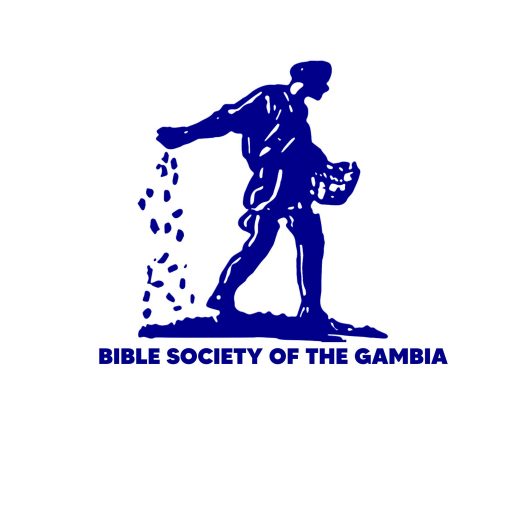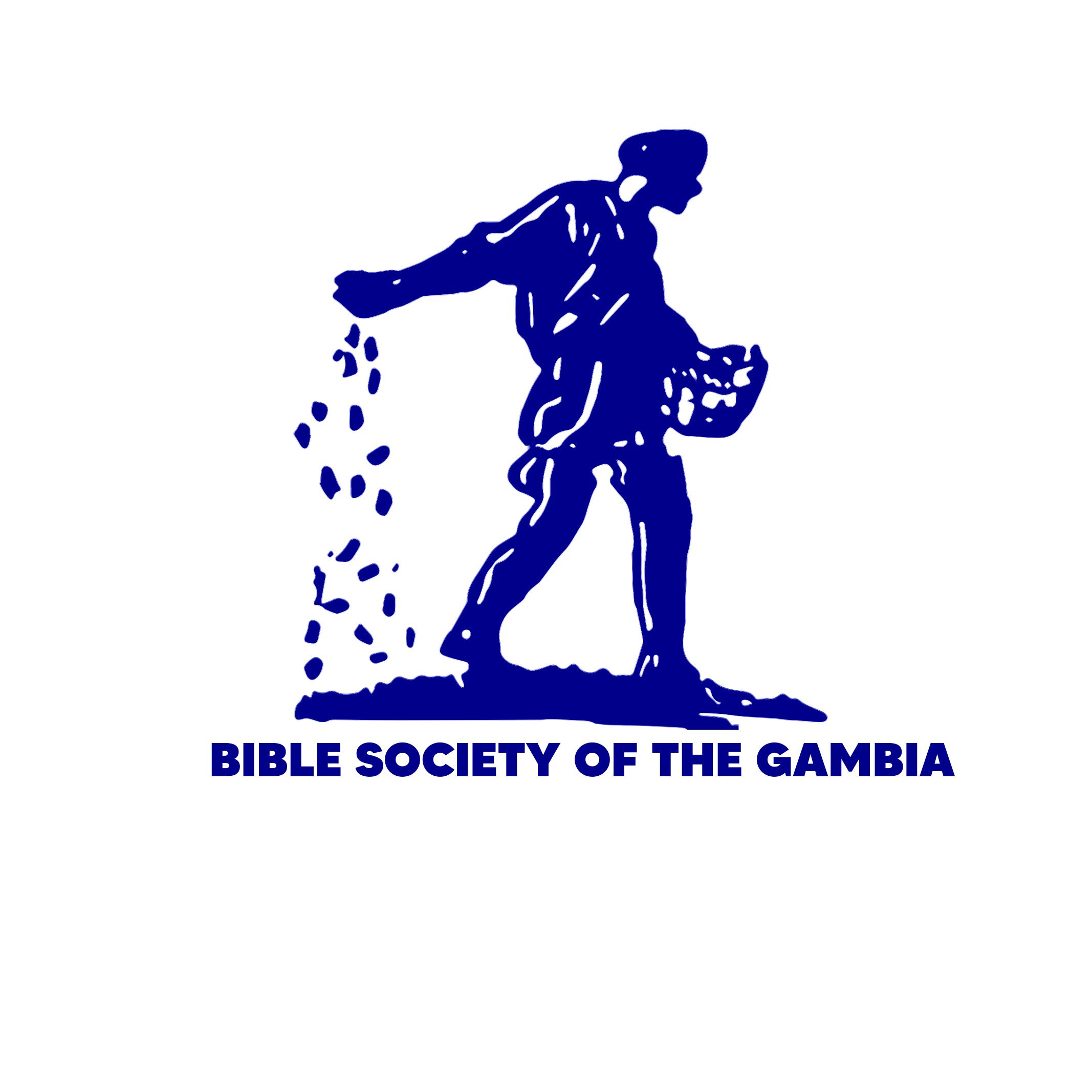Yahuudoolu ye ì jawoolu kasaara
1 Saŋo kari taŋ niŋ fulanjaŋo, meŋ mu Adari karoo ti, a tili taŋ niŋ sabanjaŋo luŋo la, mansa la kankulaaroo ñanta ke la wo luŋo le la. Ñiŋ luŋo le Yahuudoolu jawoolu ye a miira ko, itolu le be ì noo la, bari kuwolu yelemata le, Yahuudoolu sawoo loota ì jawoolu ma. 2 Yahuudoolu benta ì la saatee baalu to le taariŋ Mansa Ahasuweru la kumandaŋ bankoolu bee kaŋ, ka moolu kele mennu lafita ka ì kasaara. Hani moo le buka i loo ì fee, kaatu bankoolu bee la moolu maŋ haañi ì la. 3 Siyolu la kuntiyolu, maralilaalu, kumandaŋolu aniŋ mansa la dookuulaalu ka Yahuudoolu maakoyi le, kaatu ì silata Moridekayi la le. 4 Moridekayi semboo warata mansa la buŋo to le, a la kuwo janjanta mansa la kumandaŋ bankoolu bee kaŋ, aduŋ a dawuloo naata wuli laalaa.
5 Yahuudoolu ye ì jawoolu bee faa niŋ hawusaroo* le la ka ì kasaara, aduŋ meŋ diyaata ì ye, ì ye wo le ke moolu la mennu ye ì koŋ. 6 Yahuudoolu ye moo keme luulu le faa ka ì kasaara Susa tatoo kono.
7-10 Hammedata dinkewo Hamani, Yahuudoolu jawoo, ì ye wo fanaa dinkee taŋo faa le. Ì toolu mu Parisandata, Dalifoni, Asipata, Porata, Adaliya, Aridata, Paamasita, Arisayi, Aridayi, aniŋ Fayisata le ti. Bari ì maŋ ì buloo laa ì la sotofeŋolu kaŋ.
11 Wo luŋ kiliŋo la moo meŋ nankamoo faata Susa tatoo kono, ì ye a saata mansa ye le. 12 Mansa ko Mansamusoo* Esita ye ko, “Yahuudoolu ye moo keme luulu le faa ka ì kasaara, aniŋ Hamani dinkee taŋo, aduŋ a keta Susa tatoo doroŋ ne kono. Ì ye muŋ ne ke mansa la kumandaŋ banku toomaalu to? Saayiŋ duŋ i hame kuwo mu muŋ ne ti kotenke? A be dii la i la le. I lafita muŋ ne la? A be ke la le.”
13 Esita ye a jaabi ñiŋ ne la ko, “Niŋ a diyaata ite Mansa ye, wo to i si Susa Yahuudoolu bula ì ye a ke saama fanaa ko bii luŋo la ì ye a ke ñaameŋ, aduŋ i si yaamaroo dii ka Hamani diŋolu deŋ moo dendulaa bala.”
14 Bituŋ mansa ye ì yaamari ka ñiŋ kuwo ke. Ì ye a kankulaa Susa kono le, aduŋ ì ye Hamani dinkee taŋo deŋ ne. 15 Yahuudoolu mennu be Susa benta kotenke Adari karoo tili taŋ niŋ naaninjaŋo luŋo la, aduŋ ì ye moo keme saba le faa Susa, bari ì maŋ i buloo laa ì la sotofeŋolu kaŋ.
16 Wo waatoo, Yahuudoo doolu mennu be nuŋ mansa la kumandaŋ mara bankoolu kaŋ fanaa benta le, ka ì faŋo tankandi, aniŋ ka dahaa ì jawoolu bulu. Ì ye ì jawu moo wuli taŋ woorowula niŋ wuli luulu le faa, bari ì maŋ ì buloo laa ì la sotofeŋolu kaŋ. 17 Ñiŋ keta Adari karoo tili taŋ niŋ sabanjaŋo luŋo le la, a tili taŋ niŋ naaninjaŋo luŋo, ì ye i foño le, aduŋ ì ye a ke feetoo niŋ seewoo luŋo le ti.
Purimu Juuraloo
18 Yahuudoolu mennu be Susa benta tili taŋ niŋ sabanjaŋo luŋo la, aniŋ tili taŋ niŋ naaninjaŋo ka keloo ke, tili taŋ niŋ luulunjaŋo luŋo ì ye ì foño. Ì ye wo ke feetoo niŋ jusulaa luŋo le ti. 19 Ñiŋ ne ye a tinna Yahuudoolu mennu be saatee banta la aniŋ saateeriŋolu to, ka Adari karoo tili taŋ niŋ naanoo ke feeti luŋo ti aniŋ jusulaa. Wo luŋo la ì ka tabiri kendoolu ke le ka ñoo niibo.
20 Moridekayi ye ñiŋ kuwolu bee safee le, aduŋ a ye leetaroolu kii Yahuudoolu bee ye le, mennu sutiyaata waraŋ ì jamfata Mansa Ahasuweru la kumandaŋ bankoolu kaŋ. 21 A ye ì yaamari le, fo saŋ-wo-saŋ ì si Adari karoo tili taŋ niŋ naanoo aniŋ tili taŋ niŋ luuloo juura. 22 Ñiŋ waatoo le Yahuudoolu tankata ì jawoolu ma. Aduŋ ñiŋ karoo le ì la sunoo yelemata ì ye kontaanoo ti, aduŋ ì la jikilateyoo yelemata ì ye feeti luŋo ti. A ye ì safee le, fo ì si ñiŋ luŋo kalamuta ka a ke feetoo niŋ kontaanoo luŋo ti. Aduŋ ì si tabiri kendoolu ke ka ñoo niibo, aniŋ ka soorifeŋolu dii fuwaaroolu la.
23 Bituŋ Yahuudoolu sonta ka tenteŋ juuraloo la ì ye meŋ dati. Moridekayi ye meŋ safee ì ye, ì ka a ke wo le ñaama. 24 Kaatu Yahuudoolu bee jawoo Hamani, Hammedata dinkewo Akaki bonsuŋo ye feeroo siti le ka Yahuudoolu kasaara. Aduŋ a ye puri fayi, wo le mu kuuriŋ fayoo ti, fo ì si ì tiñaa ì ye kasaara. 25 Bari kabiriŋ mansa ye ñiŋ feeroo kalamuta, a ye yaamari safeeriŋo le dii meŋ ye a tinna Hamani bulata a faŋo la mantooroo kono, aduŋ ì ye a niŋ a dinkewolu bee le deŋ moo dendulaa bala. 26 Wo le ye a tinna ñiŋ luŋolu ka kumandi Purimu la, a kumoo bota puri le bala. Bayiri feŋo meŋ bee safeeta ñiŋ leetaroo to, ì ye meŋ je, aniŋ meŋ keta ì la, 27 Yahuudoolu ye ñiŋ ke ì kunto dunoo le ti, ka a ke aadoo ti ì faŋolu ye, ì koomalankoolu, aniŋ moo-wo-moo kafuta ì ma. Ì maŋ ñaŋ na ñina la ñiŋ luŋ fuloo la saŋ-wo-saŋ ko ì ye a fo ì ye ñaameŋ, aniŋ ì ye waatoo meŋ fo ì ye. 28 Jamaani-wo-jamaani, dimbaayaa-wo-dimbaayaa, kumandaŋ banku-wo-kumandaŋ banku, aniŋ saatee baa-wo-saatee baa ñanta i miira la le, aniŋ ka koroosiri ke ñiŋ luŋolu la. Aduŋ Yahuudoolu maŋ ñaŋ na ñiŋ Purimu luŋolu tu la jee ì maŋ a juura, sako ì koomoo fanaa ye ñina ì la ñiŋ aadoo la.
29 Mansamusoo Esita Abihayili dimmusoo, aniŋ Moridekayi fanaa ye leetaroo safee le. Esita ye semboo ke Purimu Juuraloo la kuwo to le, Moridekayi ye meŋ safee koomanto. 30 Wo leetaroo janjanta Yahuudoolu bee le ye, mennu be Mansa Ahasuweru la kumandaŋ banku keme niŋ banku muwaŋ niŋ woorowuloo kono. Leetaroo ye kayiroo niŋ tenkuŋo le ŋaniya Yahuudoolu bee ye. 31 A ye ì niŋ ì koomalankoolu fanaa yaamari le ka Purimu Juuraloo luŋo juura a waatoo la, ko ì ka suŋo muta ñaameŋ aniŋ woosii waatoo. Moridekayi niŋ Mansamusoo Esita le ye ñiŋ yaamaroo dii. 32 Wo yaamaroo le mu ñiŋ ti ko, Yahuudoolu ñanta Purimu Juuraloo muta la le, aniŋ ì ye a safee kitaaboo kono.
The Jews Destroy Their Enemies
1 The thirteenth day of Adar came, the day on which the royal proclamation was to take effect, the day when the enemies of the Jews were hoping to get them in their power. But instead, the Jews triumphed over them. 2 In the Jewish quarter of every city in the empire the Jews organized to attack anyone who tried to harm them. People everywhere were afraid of them, and no one could stand against them. 3 In fact, all the provincial officials—governors, administrators, and royal representatives—helped the Jews because they were all afraid of Mordecai. 4 It was well-known throughout the empire that Mordecai was now a powerful man in the palace and was growing more powerful. 5 So the Jews could do what they wanted with their enemies. They attacked them with swords and slaughtered them.
6 In Susa, the capital city itself, the Jews killed five hundred people. 7-10 Among them were the ten sons of Haman son of Hammedatha, the enemy of the Jews: Parshandatha, Dalphon, Aspatha, Poratha, Adalia, Aridatha, Parmashta, Arisai, Aridai, and Vaizatha. However, there was no looting.
11 That same day the number of people killed in Susa was reported to the king. 12 He then said to Queen Esther, “In Susa alone the Jews have killed five hundred people, including Haman's ten sons. What must they have done out in the provinces! What do you want now? You shall have it. Tell me what else you want, and you shall have it.”
13 Esther answered, “If it please Your Majesty, let the Jews in Susa do again tomorrow what they were allowed to do today. And have the bodies of Haman's ten sons hung from the gallows.” 14 The king ordered this to be done, and the proclamation was issued in Susa. The bodies of Haman's ten sons were publicly displayed. 15 On the fourteenth day of Adar the Jews of Susa got together again and killed three hundred more people in the city. But again, they did no looting.
16 The Jews in the provinces also organized and defended themselves. They rid themselves of their enemies by killing seventy-five thousand people who hated them. But they did no looting. 17 This was on the thirteenth day of Adar. On the next day, the fourteenth, there was no more killing, and they made it a joyful day of feasting. 18 The Jews of Susa, however, made the fifteenth a holiday, since they had slaughtered their enemies on the thirteenth and fourteenth and then stopped on the fifteenth. 19 This is why Jews who live in small towns observe the fourteenth day of the month of Adar as a joyous holiday, a time for feasting and giving gifts of food to one another.
The Festival of Purim
20 Mordecai had these events written down and sent letters to all the Jews, near and far, throughout the Persian Empire, 21 telling them to observe the fourteenth and fifteenth days of Adar as holidays every year. 22 These were the days on which the Jews had rid themselves of their enemies; this was a month that had been turned from a time of grief and despair into a time of joy and happiness. They were told to observe these days with feasts and parties, giving gifts of food to one another and to the poor. 23 So the Jews followed Mordecai's instructions, and the celebration became an annual custom.
24 Haman son of Hammedatha—the descendant of Agag and the enemy of the Jewish people—had cast lots (“purim,” they were called) to determine the day for destroying the Jews; he had planned to wipe them out. 25 But Esther went to the king, and the king issued written orders with the result that Haman suffered the fate he had planned for the Jews—he and his sons were hanged from the gallows. 26 That is why the holidays are called Purim. Because of Mordecai's letter and because of all that had happened to them, 27 the Jews made it a rule for themselves, their descendants, and anyone who might become a Jew, that at the proper time each year these two days would be regularly observed according to Mordecai's instructions. 28 It was resolved that every Jewish family of every future generation in every province and every city should remember and observe the days of Purim for all time to come.
29 Then Queen Esther, the daughter of Abihail, along with Mordecai, also wrote a letter, putting her full authority behind the letter about Purim, which Mordecai had written earlier. 30 The letter was addressed to all the Jews, and copies were sent to all the 127 provinces of the Persian Empire. It wished the Jews peace and security 31 and directed them and their descendants to observe the days of Purim at the proper time, just as they had adopted rules for the observance of fasts and times of mourning. This was commanded by both Mordecai and Queen Esther. 32 Esther's command, confirming the rules for Purim, was written down on a scroll.

